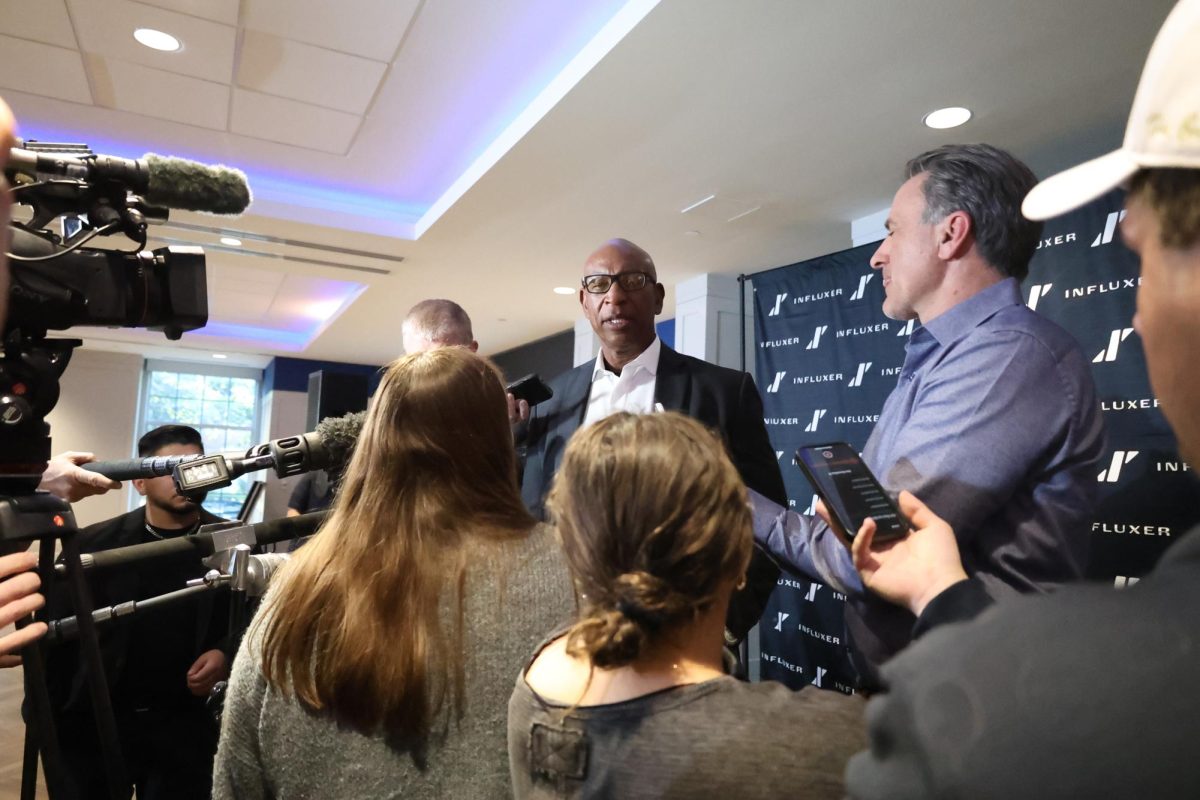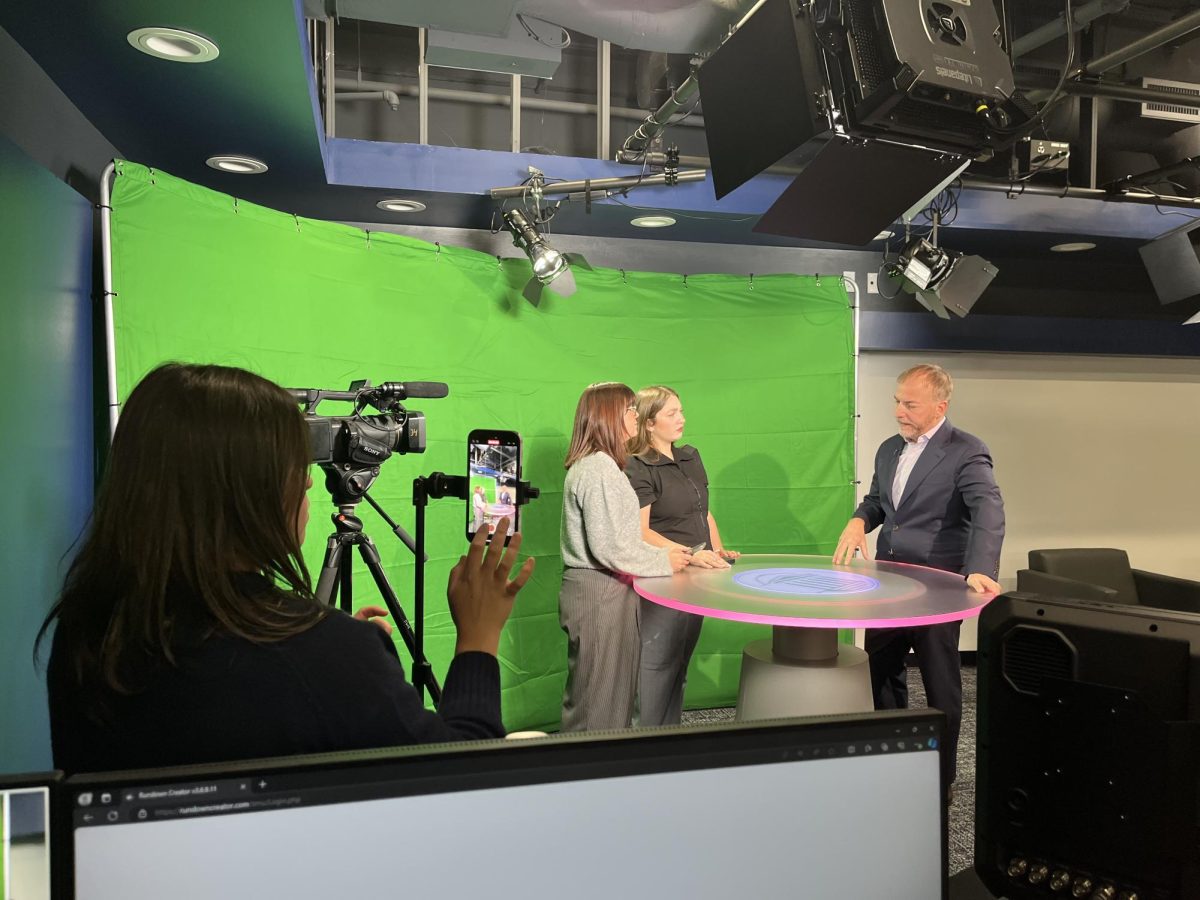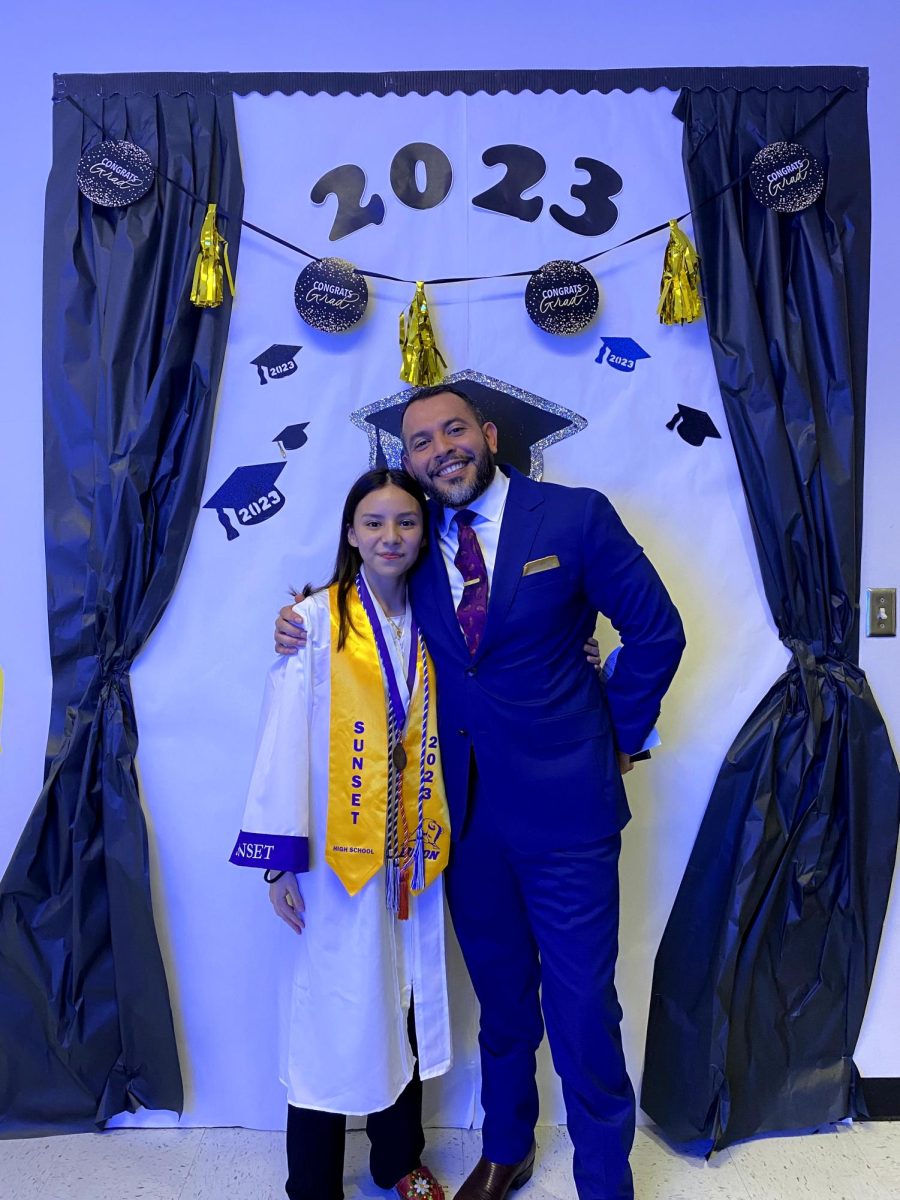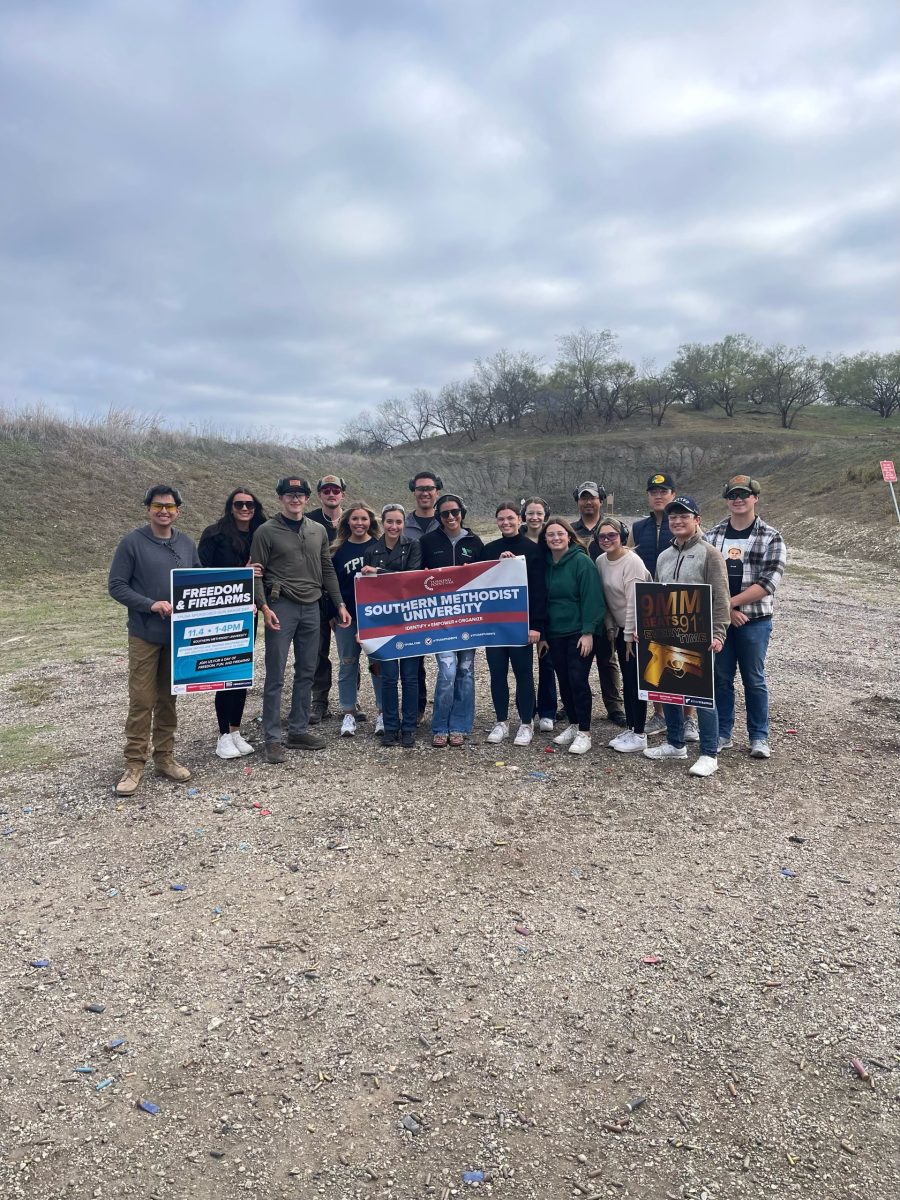Investor’s portfolios are bruised, battered, and broken from a tumultuous 2008 that saw the worst market returns since the Great Depression. Although many savers get sick to their stomachs looking at their retirement portfolios now, this could not be better news for the college-age generation.
Young people just entering the work force will be able to beef up their employer provided 401(k) accounts with stocks at bargain basement prices.
A 401(k) is a savings plan often provided by an employer that allows the employee to dump money into an account while deferring income taxes until withdrawal. This allows the money to grow at a faster rate. The plan is popular because employers often have policies of matching contributions to the plan up to a certain amount.
“What many people don’t realize is that it is practically free money,” Edward Jones Financial Advisor Melissa Matlock said. “You always hear about returns and what is good, 10 percent or 15 percent a year. Well, that is an instant 100 percent return when they match the money you put up.”
Matlock also noted that savers in their 20s have decades before retirement to recover from any stretch of poor performance.
In 2008, the Dow Jones Industrial average, a collection of 30 blue chip quality stocks, declined 34 percent over the 12-month period, devastating returns not seen since depression days. More than that, according to investment research firm Morningstar the average diversified stock mutual fund, a common component of a 401(k) portfolio, declined almost 40 percent.
Andrew Cullinan, a freshly graduated Executive MBA from the Cox School of Business said that he is contributing as much as he possibly can to his 401(k) plan.
“Everything is down now and you have to get in now to take advantage. It is hard in the short run to put away money that takes away from buying the things you want but it will definitely pay off in the long run, ” said Cullinan.
THE POWER OF MONEY
Matlock said that the most powerful force that makes people money is the notion of compound interest coupled with free money from employer matching policies.
“No matter what the matching policy is, whether it is a capped amount or certain percentage, it is giving you more money to invest, which in turn is more money to grow interest on,” she said.
Matlock said the sooner the better when it comes to contributing.
She offered up a scenario to explain: Imagine two workers working the same job with the same income. One started saving right off the bat at age 20 and stopped saving at 29. The other spent their income through their 20s and started saving at 29. Worker two contributed from age 29 through retirement at 65. The end result: worker one ends up with a more lucrative retirement even though worker two added for 30 extra years. It is all due to the compounding forces of money, Matlock said.
Matlock also said that people in their 20s, herself included, have a hard time seeing so far into the future and don’t feel that they need to save right away. She said that out of all 401(k) accounts, only about 12 percent come from people in their 20s.
She said that your 401(k) is a lot like a child.
“You have to give it milk to drink and make it brush it’s teeth early on so it can grow up big, strong and healthy,” Matlock said.








